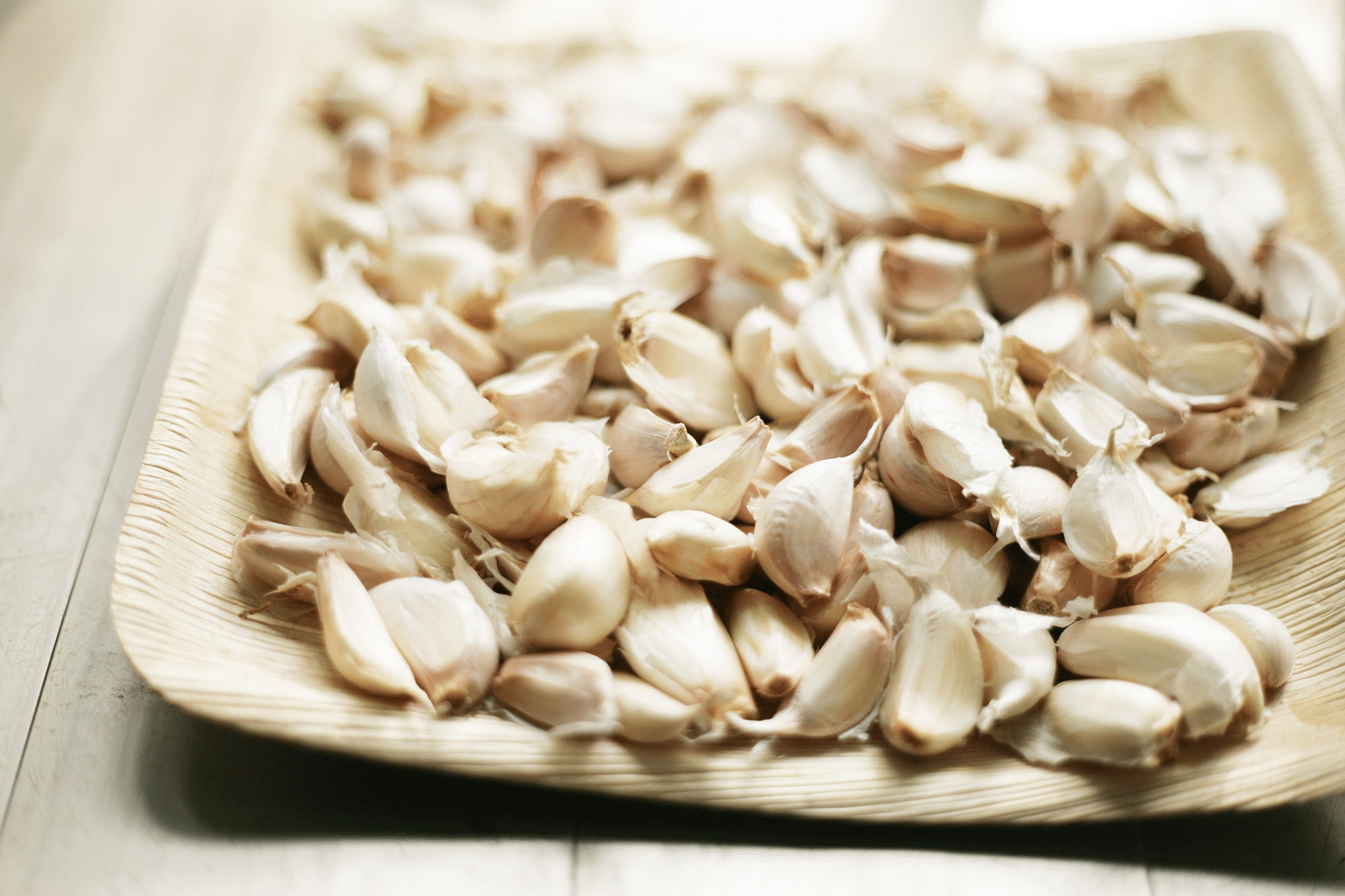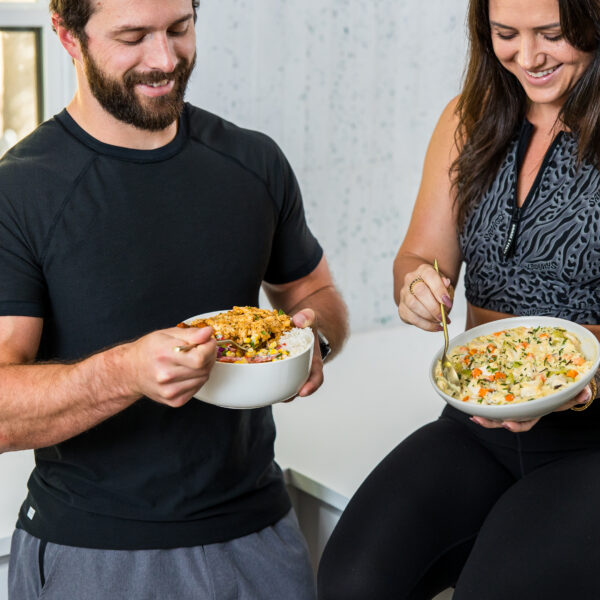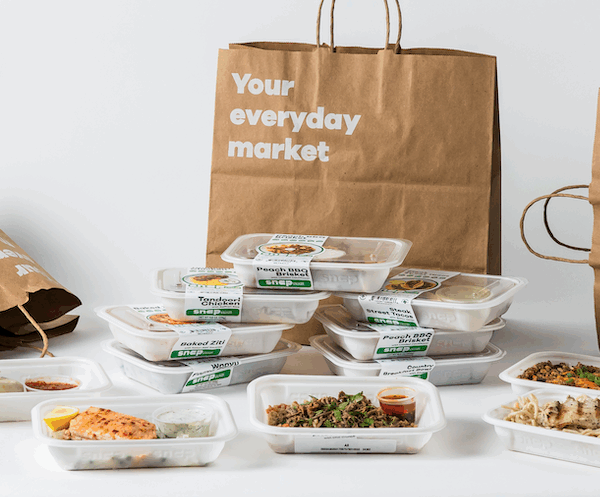We’ve spent quite a bit of time talking about nature’s most delicious bulb on the blog this month. Need a hint? It’s garlic, and it’s uber fragrant and surprisingly healthy. You can mash it, dice it, chop it, slice it, bake it, fry it—stop me, I dare you.
But with all the different ways to enjoy garlic, is there one that is specifically more healthy for you than another? Today we’re going to dissect raw garlic versus cooked garlic, weigh the pros and cons, and see how these two uses stack up.
Raw Garlic
Eating raw garlic sounds disgusting, but hear us out. If you finely chop raw garlic, you can sprinkle it onto your salad, rub it onto some toasted bread, or use a dash of it on cooked veggies.
Why Eat Raw Garlic?
Well, raw garlic is where all the nutritional and health benefits of garlic live! Fresh garlic is a great source of heart-healthy allicin—an oily compound exclusive to garlic that has been shown to be immune-boosting and is great for killing bacteria and germs.
When left uncooked, raw garlic is also a great source of antioxidants like vitamins C and K, great for blood coagulation, and even more beneficial for your immune system. It also contains manganese, copper, zinc, phosphorus, potassium, and iron.
In many studies, raw garlic has been shown to lower the risk of cancer, reduce cholesterol, and boost immunity.

Cooked Garlic
As with anything, the application of heat tends to reduce an ingredient’s nutritional value. The compound allicin that we mentioned in the previous section is one that’s activated once garlic is crushed, chopped, diced, sliced, or chewed.
But even once heated, cooked garlic can still manage to retain the anti-inflammatory effects that it contained in its raw form, as well.
According to Livestrong, “The Linus Pauling Institute reports that heating garlic cloves whole or immediately after crushing can destroy the sensitive enzyme (alliinase) in garlic that is responsible for producing allicin. However, the health benefits can be partially conserved by crushing garlic and allowing it to stand for 10 minutes prior to cooking. That gives the enzyme time to be released and for allicin to form. Once formed, allicin is relatively heat stable”.
Even though cooked garlic still manages to retain many nutritional and health benefits, at the end of the day, raw garlic is where all the nutritional value lives. Just something to keep in mind the next time you throw together a cobb salad.





Leave a Reply
1 Comment
Thank you for this nice article & the reminder of leaving raw garlic standing for 10 min so allicin properties are kept even after cooking.